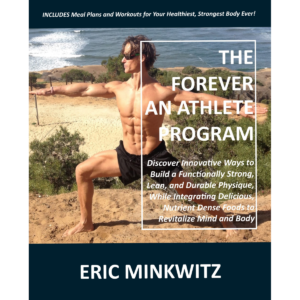Flow: Why You Need to Understand this Principle from the 1990s
Recall the early nineties. Baggy jeans and flannels were worn during all four seasons. Grunge rock was pumping out hit after hit. Chris Farley was at his prime, smashing coffee tables at every turn. The Chicago Bulls and Braveheart were hits. Mihaly Csikszentmihalyi wrote three books on the topic of “Flow”, including the book, “Flow – The Physchology of Optimal Experience”. It received mixed reviews, but to those interested in real mind-body study and optimal performance, it was a hit.
In this book, Csikszentmihalyi describes the conditions necessary for optimal experience and how the top performers in various fields were able to achieve amazing results and outcomes due to the connection of extreme focus, perfect body control, and a relaxed yet intense dedication to the task at hand.
Since this book, a whole new category of psychology has emerged, one that combines the studies of mindfulness, mind body awareness, and positive psychology. This field also looks at top performers, and how these people achieve flow in daily life. More recently, Tim Ferriss, author of “Four Hour Work Week”, has crafted a whole business surrounding the study of top performers, many of whom have mastery of flow.
Here are some habits that I try to utilize daily, and you can start practicing, in order to become better at attaining the “flow state”:
- Allow at least 15 minutes a day to be in nature to recharge and become deeply focused on the sights, smells, textures, and noises that surround you. Do not bring your phone, but rather, bring your dog or a friend, but without the chatter. This form of mindfulness using nature and awareness is slightly easier to grasp than sitting still and practicing meditation alone.
- Dr. Andrew Weil, alternative and preventative health guru, teaches a deep breathing technique to help patients lower their chronic stress response. Practice deeply breathing in for four seconds, then holding the air for seven seconds, and then exhaling for eight seconds. Continue this series for three minutes. Perform this prior to a stressful event (tooth extraction) or regular challenge (work presentation or heavy lift at the gym).
- Attempt something new each week that causes trepidation. This can be public speaking, taking a yoga class, hiking deep in the woods, anything where you challenge your mind and body. Learning to differentiate between physical risk and emotional risk will lead to real growth.





Leave A Comment